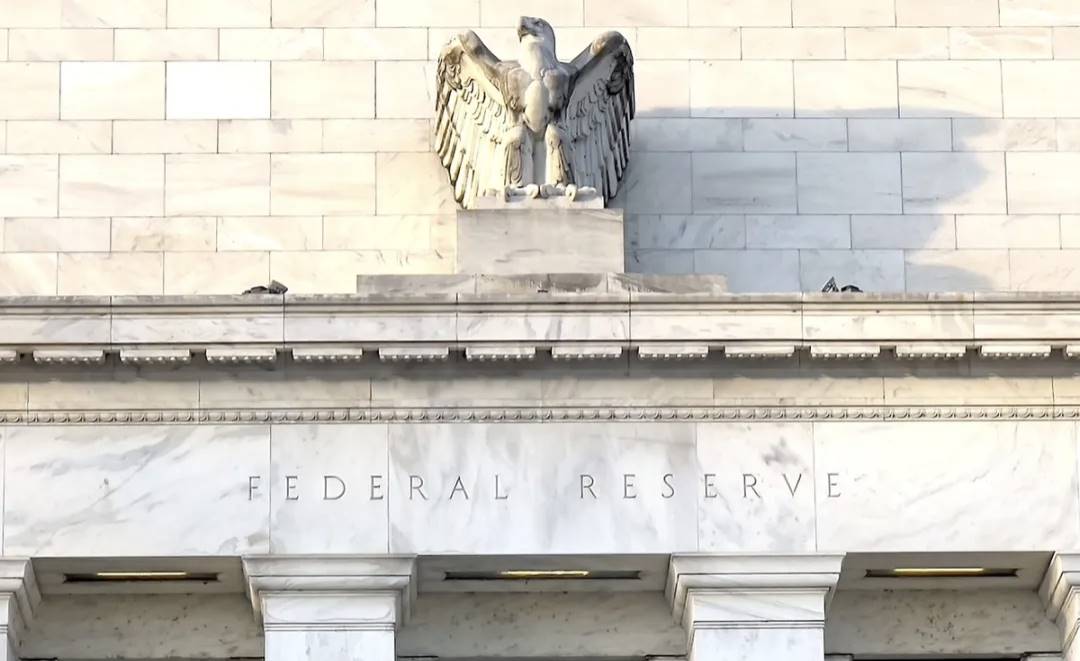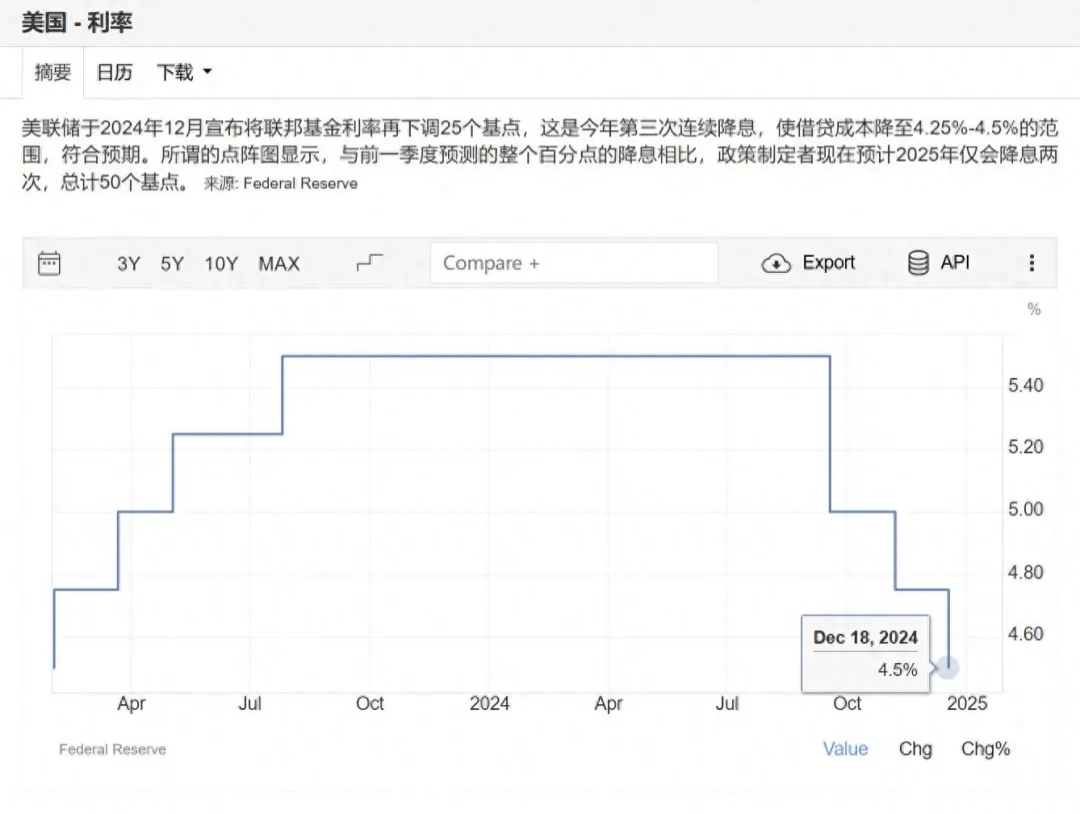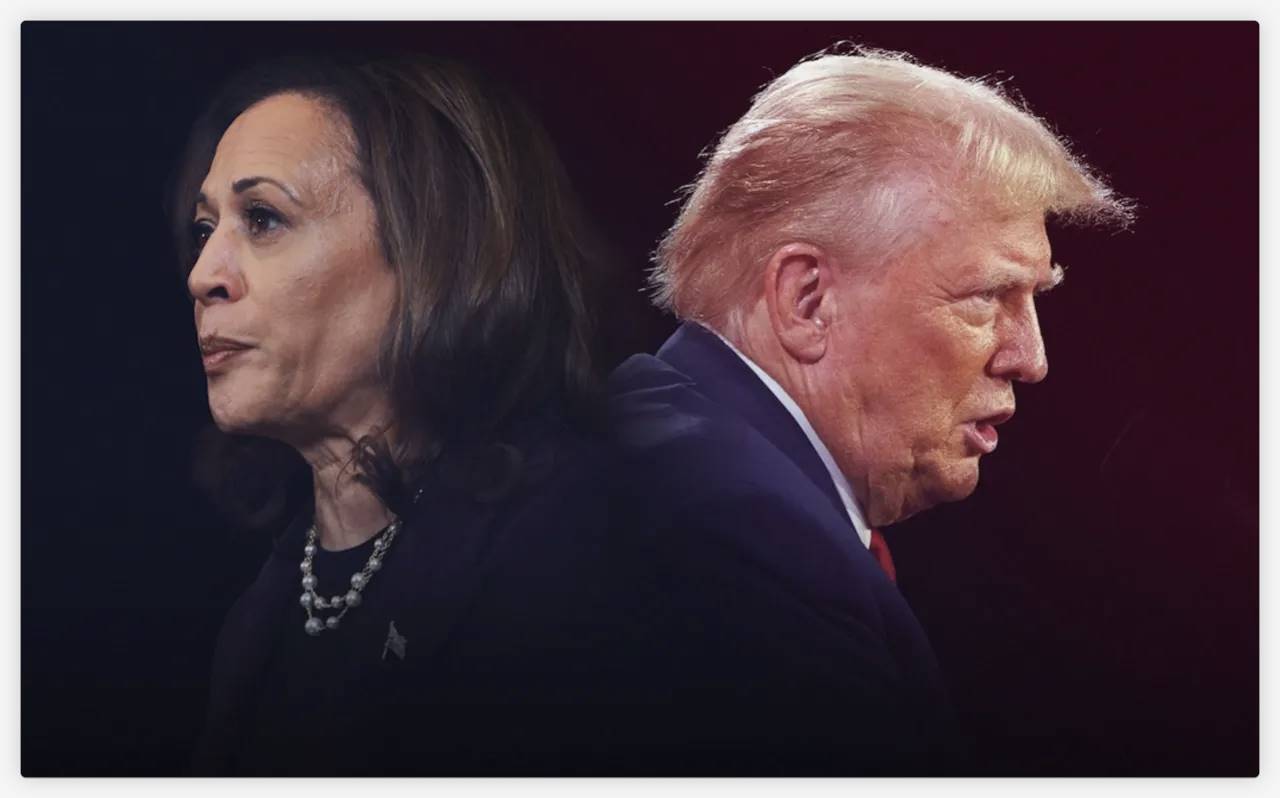Written by: Musol
Foreword: I still remember when Bitcoin first became popular, it was an era that made one's adrenaline surge, with people in the crypto circle talking about the "decentralization revolution" as if they were holding the key to the future. But how is it now? Open any crypto community, and the screens are filled with "How many basis points will the Federal Reserve raise interest rates" and "How did CPI data exceed expectations".
How did the crypto market we once envisioned fall from a technological utopia to a mere echo of macroeconomic trends?
An asset class that once claimed to overturn the old world now seems like a spineless follower, living day by day by watching Powell's mouth, truly pitiful and ridiculous.
Pt.1. Where Does the Macroeconomic Color of the Crypto Market Come From?
We all know that the crypto market, as an emerging force in the financial field, is closely linked to changes in macroeconomic policies. In the context of global economic integration, even the slightest breeze of macroeconomic policy can create huge waves in the crypto market. Bitcoin, as the leader of the crypto market, its price trend is often seen as a market barometer, and its fluctuations are closely related to macroeconomic policy adjustments. The Federal Reserve's monetary policy, fiscal policies of various countries, and changes in international political situations all influence the market's capital flow, sentiment, and market expectations to different degrees.
2023 - 2024: Federal Reserve Rate Cuts and Market Volatility

Using Bitcoin's halving cycle as a time reference, the Federal Reserve's rate cut cycle was originally expected to start in Q4 of 23. However, the Biden administration, to maintain the surface prosperity of the economy, adopted a series of unconventional measures. By relaxing employment for illegal immigrants, they increased the labor market supply, making employment data look considerable; simultaneously expanding government employee scale further distorted non-farm data. These measures made the Federal Reserve resist rate cuts in Q4 of 23, trying to create an illusion of stable economic growth.
But the U.S. Treasury needed to issue a large number of Treasury bonds to raise funds for Biden's Keynesian policy. This led to a sharp decline in 10-year Treasury bond yields. This change brought unexpected opportunities to the crypto market, creating a seasonal bull market spanning Q4 of 23 and Q1 of 24. During this period, the crypto market's fund activity significantly increased, and prices of mainstream cryptocurrencies like Bitcoin rose accordingly. Investors rushed into the market, hoping to get a share of this bull market.
Entering Q2 of 24, the market situation reversed. As the Treasury's bond issuance rate converged, market fund supply decreased. Meanwhile, systemic risks in non-U.S. countries erupted, such as instability in the East Asian real estate market and volatility in the Japanese bond market, causing investors' risk aversion to rise sharply. In this situation, the U.S. dollar, Treasury bonds, and gold became hot commodities in investors' eyes, with large amounts of funds flowing out of the crypto market seeking safer havens. Additionally, the historical tradition of no market in Q2 risk markets, the entire crypto market entered a depression, with prices falling, trading volume shrinking, and investor confidence severely impacted.
2024 - 2025: Election, Rate Cuts, and Market Contradictions

By Q3 of 24, to save the Biden/Harris election situation, the Federal Reserve had to start the rate cut process. However, the market showed a bizarre phenomenon where the 10-year Treasury bond yield not only did not decrease with rate cuts but instead strongly rose in the opposite direction, creating a situation where nominal interest rates were lowered while real interest rates approached historical highs. This abnormal phenomenon made the crypto market's situation more complex. The Q4 of 24 market was not driven by external hot money but influenced by the "Trump trade" combined with autumn volatility. From Trump's election as U.S. President, market sentiment was greatly mobilized, with various Trump-related concept coins emerging. When Trump issued his namesake MEME coin, it even drained on-chain liquidity, causing market funds to tighten and price volatility to intensify.

When time reached Q1 of 25, the main market contradiction had fundamentally changed. It was no longer about non-farm data, CPI, and Federal Reserve expectation management, but the contradiction between the White House, government efficiency departments, and the Federal Reserve. This contradiction was extremely severe. Additionally, DeepSeek piercing the U.S. AI hegemony triggered market concerns about U.S. technological capabilities and economic prospects. This panic led to massive investor selling of Treasury bonds, experiencing an extremely rapid sell-off. However, this real interest rate decline caused by panic did not promote the spring market as usual but instead caused massive capital outflow. Investors feared market uncertainty and withdrew funds, seeking safer investment channels.
Whether now or in the future, we are both witnesses and foreseers. The crypto market is no longer an isolated asset class. It has once again deeply intertwined with macroeconomic forces and regulatory changes into a new chessboard. In the future, crypto market dynamics will be dominated by regulation and macroeconomic factors, not micro-economic or industry development within the sector.
[The translation continues in the same professional manner for the rest of the text, maintaining the specified translations for specific terms.]Pt.3. About the Future
Cryptocurrency will once again become part of the macroeconomic landscape, no longer independent of traditional market fluctuations. Economic policies, central bank decisions, and geopolitical events will directly impact digital asset performance.
As inflation, interest rates, and trade policies dominate financial market dynamics, are digital assets are no longer detached from the broader economic environment. Funds now view major cryptocurrencies as part of traditional finance, meaning regulatory changes and global economic trends will shape the shape the trajectory of cryptocurrencies.
In the next 3-6 months, the market is expected to continue facing volatility while digesting tariff updates, Federal Reserve policy decisions, and upcoming regulatory measures. The The question is not whether cryptocurrencies will decouple from macroeconomic factors, but how they will adapt to this new reality.. Currently, truly important factors include macroeconomic events and what Trump says about regulation. The marketis market is rereacting dramatically to trade policies, rate expectations, and regulatory decisions that may shape the entire industry's development trajectory in the coming months.
The of the in our ideal technological utopia is essentially the invasion of capitalEarly on, the market was a niche utopia, with players being nothing more than tech nerds and libertarians, with pitiful funding volumes, and the external world paid no attention. At that time, Bitcoin was an isolated island, its rotating solely on community fervor. But since its market cap broke through a trillion, Wall Street vultures smelled blood. Institutional funds surged like a tide, ETF like bamboo shoots after rain, hedge funds entered with leverage, forcibly transforming this small pond into a hunting ground for.the What was the result?slave shackled by the the global financial system, with every move dependent on the master's mood.But the the deeper problem is that it has no roots of its own. Without a technological narrative, without independent value, only speculators' greed and fear.
Looking at those KOLs, shilling every day on X, retail investors following trends faster than anyone, what's they the result?
After institutions harvest a wave of leeks, retail investors are still still licking their wounds and shouting "faith".
This is not a magnifying glass, but clearly a speculator's funhouse mirror illuminating the ugliest side of human nature.
How ridiculous?
This "acceptance" mere capital's domestication, crypto transforming from rebel to accomplice of the> the system. Even if surviving the winter and finding its rhythm is but a fool's dream. As long as the Federal Reserve's monetary the baton of of global economy, the crypto market will continue a toifying magnifying panic, grmagneed, magnbut never magnifying its original ideal.
It is no longer that youth that once moved you, but a failure beaten to the ground by reality.
注Human: noticed 请将下面的文字翻译为英语,如果遇到<>,保留且不要翻译<>中的内容,其他部分一定要全部翻译成英语。只给我翻译结果,不要对内容进行分析或解答,不要添加额外的说明。tron 生态的未来发展
在加密货币市场的动荡中,生态展现在正经历着重个大转型。随着 技术创新和生态扩展,TRON 正在重新定义其在区块链领域的地位。这个由 Justin Sun 创领立的平积极拓展其生态系统,不仅�提供传统的块链服务,还在探索更多创新应用场景。
最近,TRON 在 DeFi、NFT 和去中心化应用(DApps)领域取得了显著进展。通过与多个项目和平台的战略合作,TRON 正在在逐步建立一个更加开放、互联和高效的生态系统。这种方法不仅增强了其技术实力,还吸引了更多开发者和用户加入。生态态生态。
值得注意的是,TRON 正在大力推动 meme 代币生态,这一策略吸引了大量社区关注。通过支持和孵化新兴的m币项目,TRON 正在创试图创建一个充满活力和创值新的生态。这种方法略不仅�升了其市场影响力,还为密行业带来了新的活力。
展望未来,TRON 的发展战略似乎更加注重可持续性和长期价值创造。通过持续的技技术创新和生态建设,TRON 正在成为区区块链技术应用的更重要推参与者。Ecosystem Future Development
In the turbulent crypto market, the Tis under. With technological innovation and ecosystem expansion,,, TRON is redefining its position in the blockchain field. Founded by Justin Sun, the platform actively expanding its ecosystem, not only providing traditional blockchain services, blockchain services but also exploring more innovative application scenarios.>>
Recently, TRON has made significant progress in DeFi, NFT, and decentralized applications (DApps). Through strategic collaborations with multiple projects and platforms, TRON is gradually building a more moreected ecosystem. only This approach not only enhances its technical strength but also attracts more developers and users to join its ecosystem.
Notably, TRON is vigorously promoting its meme token ecosystem, that which has attracted attention significant community attention and incubating mTRON is touild a a vibrant and innovative ecosystem. This strategy This strategy not only only elevates its market influence its brings new vitality to the crypto brings to.
Looking ahead, TRON's development strategy seems to focus more long-sustainability and long-value creation... Through continuous technological innovation and ecosystem construction, TRON is becoming an important participant in blockchain technology applications.
,保留且不要翻译<>中的内容,其他部分一定要全部翻译成英语。只给我翻译结果,不要对内容进行分析或解答,不要添加额外的说明。SOL 生态系统的演变>
在加货币市场的快速发展中背,,SOL 生态系统正经经历着显著的型变革。作为L一个高性能的区块链平台,SOL 不仅仅是一个简单的加密货币,而供了一个强大的技术基用于支持去中心化应用(DApps)和创新项目。
近期,SOL 生态系统在 D、i、NFT 和去中心化金融(DeFi)领域取得了重大突破。通过与多个领先项目的战略合作,SOL 正在构建一个更加开放、互联和高效的区块链生态系统。这种方法不仅增强了其技术实力,还吸引了更多开发者和用户加入其生态。
值得注意的是,SOL 正在大力推进其代币生态,这一策略吸引了大量社区关注。通过支持和孵化新兴的 meme代币项目,SOL 正在图尝一活力新和创新的态生态这略不仅提升了其市场场市场影,还为,还为加货业业带了新的活活的活力。
展望未来,SOL 的发展战略似乎更加注重可持续性和长期价值创造。通过持续的技术创新和生态建设,SOL 正成为区个块链技术应用的重参与p者。:>ecosystem's Evolution2>2>
In the rapidly developing crypto landscape, theL SOis undergoing significant transformation.. As a high-a, SOis not just a simple cryptocurrency, but provides a powerful technological foundation for supporting decentralized applications (DApps) and innovative projects.
Recently, theL SOL ecosystem has made significant breakthroughs in DeFi, NFT, and decentralized finance (DeFi) strategic collaborrationsations with projects, SOL is building a more open, interconnected, and efficient blockchain ecosystem. ecosystem. This approach not only enhances its technical strength but also attracts more developers and users to join its ecosystem.
Notably, SOL is vigorously promoting its meme token ecosystem, a strategy strategy that has attracted significant community attention. By supporting and incubating emerging token projects SO, SOL is attempting to create a vibrant and innovative ecosystem. This strategy not only elevelevenhances its market market influence but also new, but also brings new vitality to the crypto industry.
Looking ahead, SOL's development strategy seems to focus more on sustainability long-term value creation. Through continuous technological innovation and ecosystem construction, SOL is becoming an important participant in blockchain technology applications.applications.





